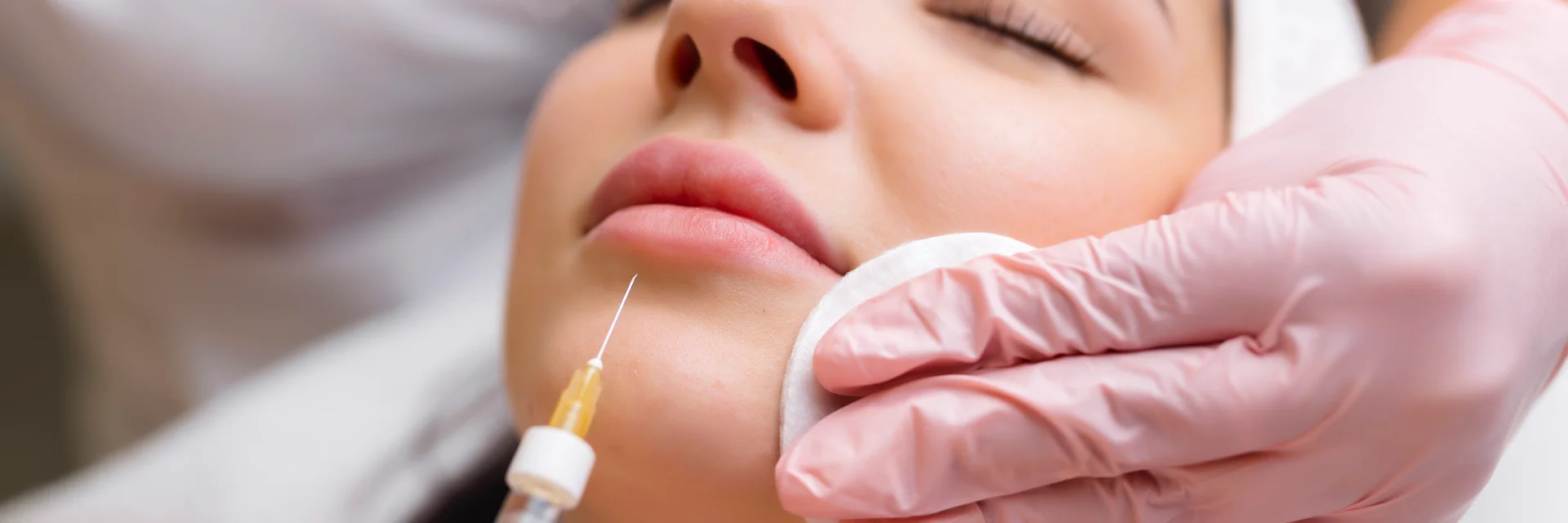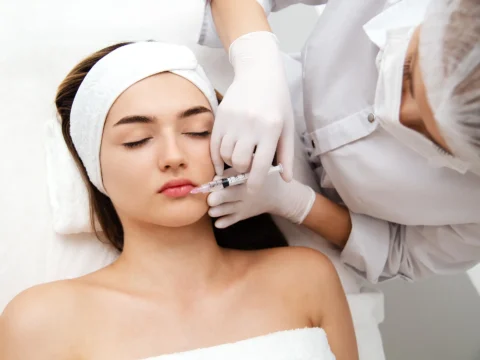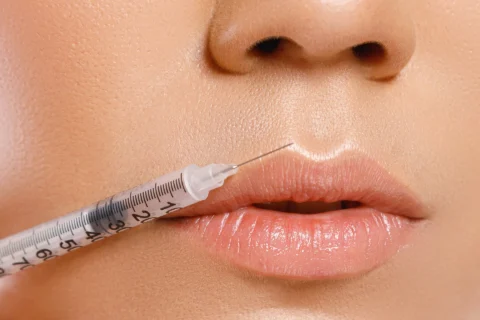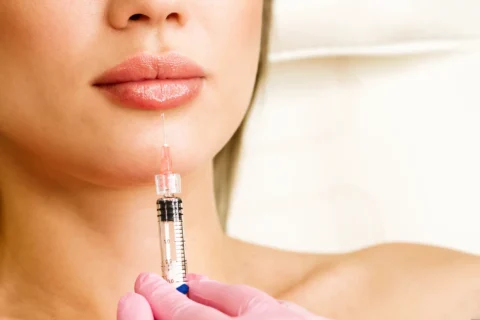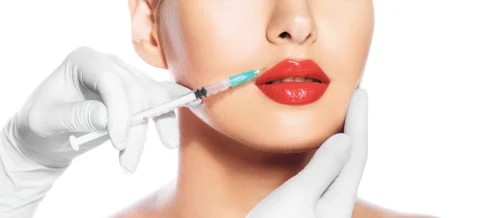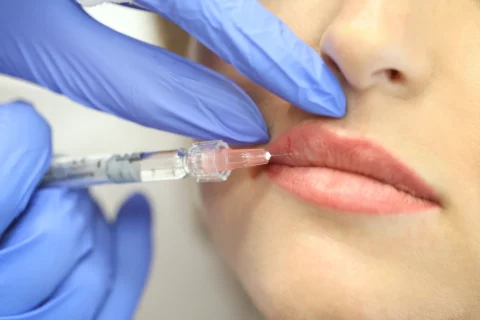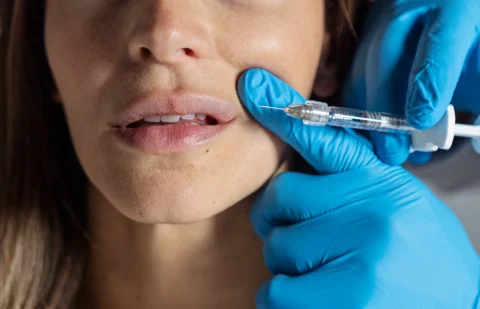Lip Enhancement Safety: Understanding the Risk of Nodules
Lip filler nodules are a relatively common, yet typically benign, complication that can arise after lip enhancement procedures using dermal fillers. These small, palpable bumps under the skin often result from the body’s reaction to the filler material.
With proper techniques in administration and care, their occurrence can be minimized, and various effective treatments are available for those that do develop, ensuring a positive outcome from the procedure.
What Are Lip Filler Nodules?
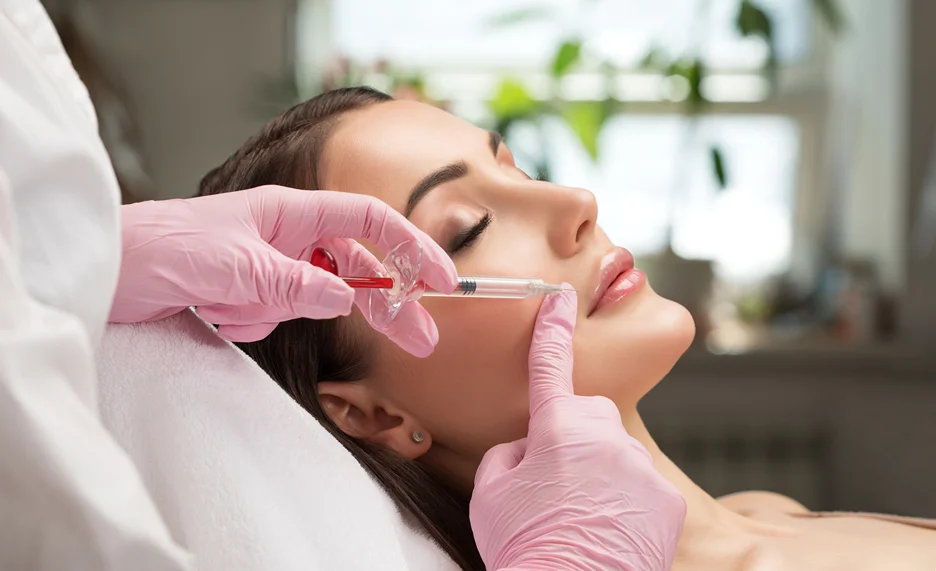
Lip filler nodules are firm, raised bumps that can form in the lips after receiving dermal filler injections, most commonly hyaluronic acid fillers like Juvederm or Restylane. They may feel like small balls or beads under the skin surface.
Nodules can vary in size, ranging from barely detectable to several millimeters across. They may be flesh-colored or have a bluish hue due to their location beneath the thin lip tissue. Some remain smooth, while others feel hard or fibrous to the touch.
The nodules represent localized areas where the filler material has clustered together or attached to tissue unevenly under the skin. This clumping prevents the filler from integrating seamlessly into the target treatment area.
How Common Are Lip Filler Nodules?
Lip filler nodules are a known side effect following hyaluronic acid lip filler injections, but their frequency and nature can vary:
- Early Post-Treatment Lumps: Bumps or lumps appearing within the first two weeks are often related to swelling or bruising and typically resolve without intervention.
- Nodules After 2-4 Weeks: Nodules that develop between 2 and 4 weeks post-injection are also a normal side effect and usually resolve spontaneously.
- Deep Injection-Related Nodules: In rarer cases, nodules can form if the filler is injected too deeply, potentially leading to scar tissue or granulomatous nodules.
- Granuloma Incidence: The formation of granulomas as a reaction to the filler material is relatively rare, with an estimated incidence rate.
- Congealed Hyaluronic Acid Filler: Nodules lasting longer than 2 weeks may be due to congealed hyaluronic acid filler, which can often be treated effectively with hyaluronidase injections.
- Foreign Body Granulomas: True foreign body granulomas due to lip fillers are a rare complication.
While short-term lumps and bumps are common and usually self-resolving, persistent nodules, which are less common, may require medical attention and treatment.
Why Do Lip Filler Nodules Develop?
There are a few key reasons why nodules and lumps may arise following lip filler injections:
1. Injection Technique
If the filler is placed too close to the skin’s surface or injected too rapidly, it can gather in one spot, leading to the formation of bumps.
Experienced injectors, with both technical skill and an aesthetic sense, are less likely to cause such issues. Their expertise in applying fillers evenly and at the correct depth plays a significant role in reducing risks.
2. Quality of Filler Material
The type of filler used significantly influences the likelihood of nodule formation. Fillers of low quality—those that are adulterated or poorly produced—tend not to distribute evenly within the lip tissues. This uneven distribution increases the risk of nodule development.
High-quality fillers from reputable and trusted brands are specifically formulated to integrate more seamlessly into the lip tissues, thus reducing the risk of nodules.
3. Anatomical Considerations
The unique structure of your lips can also impact the outcome. The lips have a delicate and complex muscular anatomy, making them sensitive to the placement of fillers.
An injector with a deep understanding of these anatomical variations can tailor the treatment to suit each individual’s lip structure, thus reducing the likelihood of irregularities.
4. Inflammatory Response
Lastly, any foreign substance introduced into the body, including hyaluronic acid fillers, can potentially trigger an inflammatory response. While this reaction is generally minor, it can contribute to the formation of nodules in some cases.
Can Lip Filler Nodules Be Prevented?
There are several measures that can be taken to prevent the formation of lip filler nodules:
Choose an Experienced, Reputable Injector
The skill and expertise of the practitioner performing the lip filler injections is one of the most pivotal factors in minimizing side effects like nodules. An injector with advanced training in cosmetic filler techniques and an artistic eye for beautiful, natural-looking lip enhancement can help limit risks.
Use a High-Quality Filler Product
Opting for an FDA-approved hyaluronic acid filler from a leading brand also helps decrease the potential for nodules or irregularities. Established products from reputable brands offer predictable, reliable performance that can be precisely and uniformly injected.
Avoid Overfilling the Lips
Trying to dramatically over-enhance the lips in a single treatment also raises the chances of filler clumping or nodule formation. A conservative approach with gradual, moderate lip augmentation allows the filler to integrate smoothly within the delicate lip tissues.
Signs and Symptoms of Lip Filler Nodules
After receiving lip filler injections, it’s important to monitor for any changes that might indicate the presence of filler nodules. Here are key signs and symptoms to watch for:
- Visible or palpable bumps, lumps, or beads under the skin of your lips or surrounding areas
- Asymmetric fullness, with some sections of the lips feeling excessively firm or protruding more than others
- Blueness or discoloration of bumps beneath the thin lip skin
- Tenderness, soreness, or aching discomfort around a lump site
- Restricted movement or stiffness of the lips and mouth area
- Tough, fibrous, or calcified nodules that persist without improvement over time
If you are experiencing any of these issues after lip filler treatment, schedule a check-up appointment with your cosmetic provider right away for a proper diagnosis and treatment.
How Are Lip Filler Nodules Diagnosed?
When a patient experiences a nodule-type reaction following lip filler treatment, healthcare providers follow a systematic approach to diagnosis. Here are the key steps involved:
Step 1: Clinical History and Physical Examination
Gathering Comprehensive History: The provider will start by inquiring about when the nodules appeared, how long they have been present, and if there are any accompanying symptoms such as pain or discomfort.
Physical Assessment of the Lips: A thorough examination of the lips is conducted to identify any signs of lumps, bumps, or unevenness.
Step 2: Differential Diagnosis
Considering Various Causes: The provider will contemplate different potential causes for the nodules. These might include a reaction to a foreign body, misplacement of the product during injection, or a low-grade bacterial infection. Identifying the likely cause is essential for determining the most effective treatment strategy.
Step 3: Additional Investigations
Ultrasonography: If the nature of the nodules isn’t clear from the history and physical exam, ultrasonography can be used. This non-invasive imaging technique is effective in detecting and identifying most types of cosmetic fillers.
It becomes particularly valuable when a histopathological assessment (analysis of tissue samples) doesn’t yield definitive results. Ultrasound can provide detailed images of the filler’s location and structure, offering further insight into the cause of the nodules.
These steps help healthcare providers accurately diagnose lip filler nodules and decide the most appropriate course of action for each patient.
How Are Lip Filler Nodules Treated?
If lip nodules do occur, there are both non-surgical and surgical options for smoothing and removing troublesome bumps. Treatment plans are tailored depending on each patient’s specific nodule characteristics and symptoms.
Non-Surgical Nodule Treatment Approaches
- Hyaluronidase Injections: Hyaluronidase lipase enzyme can help dissolve hyaluronic acid nodules and redistribute the filler more evenly. Multiple injection sessions may be needed.
- Massage: Kneading nodules in a circular motion can help manually break up some types of small bumps and filler deposits. Ultrasound massage devices may also provide benefits.
- Steroid Injections: For inflammatory nodules, targeted steroid injections can help calm swelling and allow bumps to resolve.
- Time: In some cases, recently formed nodules dissipate gradually on their own as the lip tissues naturally accommodate the filler material.
Surgical Treatments for Severe Filler Nodules
While it’s common for nodules or bumps that develop after lip filler procedures to resolve on their own within 1 to 2 weeks, some severe cases may require surgical intervention. Here’s a brief overview of a common surgical option:
Surgical Excision
- Procedure: This involves the surgical removal of the nodules. An incision is made in the mucosa to access and extract the hard nodules.
- Considerations: Patients should be aware that excision can lead to scarring, and there is a period of downtime post-procedure as the area heals.
- Recovery Time: The recovery period for an excision typically spans about one week.
Surgical removal, such as excision, is usually considered a last resort when other non-invasive treatments have not been effective. Patients considering this option should discuss the potential risks, benefits, and recovery process in detail with their healthcare provider.
Frequently Asked Questions About Lip Filler Nodules
Are lip filler nodules painful?
Pain levels vary. Some may feel tenderness or mild pain around the nodule, while others might not experience any discomfort. However, if you have persistent or increasing pain, it’s important to consult a healthcare professional.
Is it safe to massage lip filler nodules at home?
Home massage of soft nodules can be beneficial, but only after getting guidance from your healthcare provider. Improper massage techniques can exacerbate the issue.
How long do lip filler nodules usually last?
Typically, lip filler nodules resolve on their own within 1 to 2 weeks. If they persist or are painful, professional medical advice is recommended for potential treatment.
Can lip filler nodules come back after they’ve been treated?
While not common, nodules can recur, particularly if the initial cause wasn’t fully addressed. Discuss prevention strategies with your healthcare provider to minimize the chances of recurrence.
Is it necessary to dissolve all the filler if nodules develop?
Not always. Often, targeted treatment like hyaluronidase injections directly into the nodule is effective. Dissolving all the filler is usually considered for widespread reactions or multiple nodules. Your provider will determine the best approach based on your specific case.
Safe and Effective Lip Filler Treatments at Ethos Aesthetics + Wellness
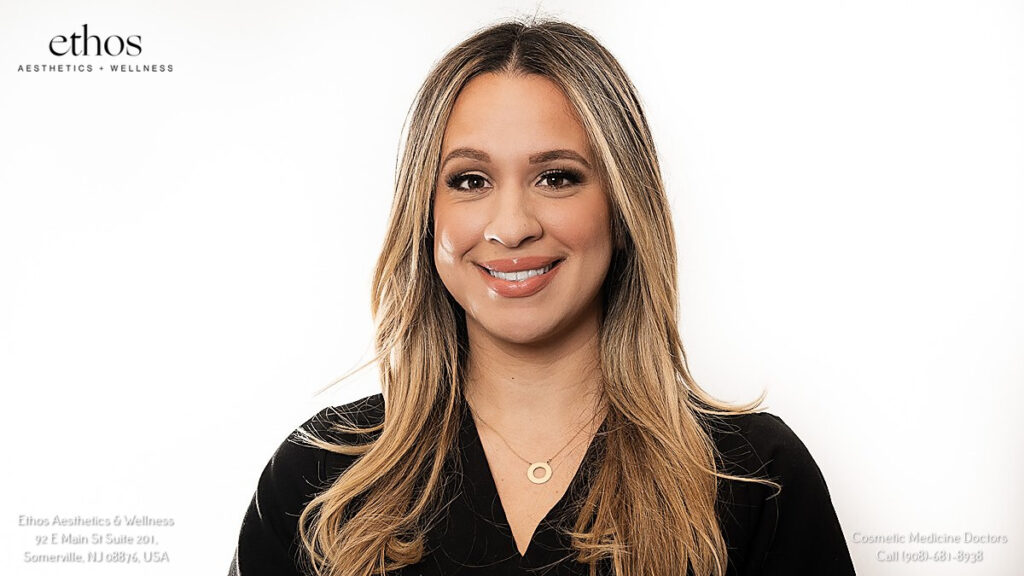
At Ethos Aesthetics + Wellness, we are dedicated to providing safe and effective lip filler treatments.
Led by Dr. Hardik Soni, our team of experts utilizes the latest techniques and high-quality materials to minimize risks, such as lip filler nodules. We focus on delivering natural-looking results tailored to each individual’s needs.
Our commitment to your safety and satisfaction is paramount, ensuring a trustworthy and professional experience. Schedule your appointment online with us for a seamless and confident journey to enhanced beauty.

